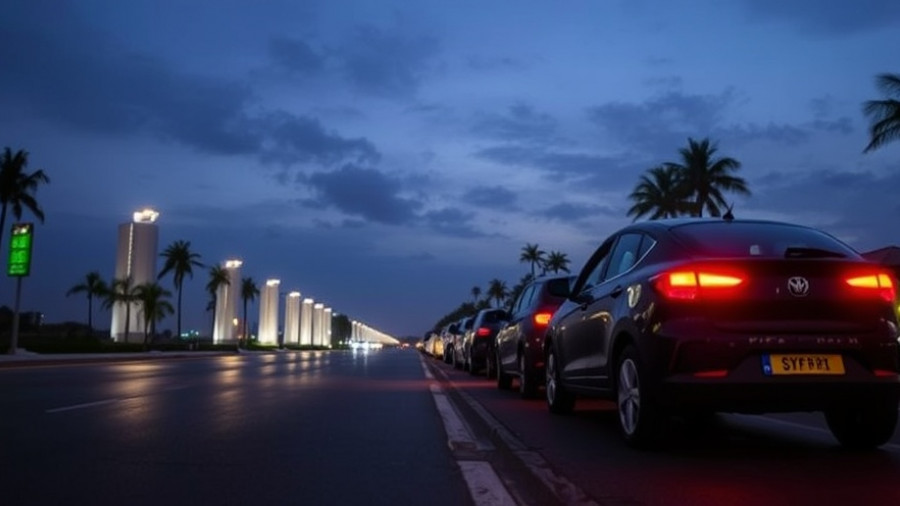
Transforming Africa's Transportation Landscape
A revolutionary shift is underway in Africa's transportation sector as Spiro raises an unprecedented $100 million, marking the largest investment in electric mobility on the continent. This momentous funding round is led by the Fund for Export Development in Africa (FEDA), underscoring growing confidence in electric vehicle (EV) infrastructure and operations across the region. Spiro plans to deploy over 100,000 electric motorcycles by the end of 2025, demonstrating an impressive 400% increase in deployment from previous years.
The Rise of Electric Mobility: Context and Drivers
Over the past decade, Africa's electric motorcycle market has evolved dramatically, driven largely by emerging startups like Spiro. Previously limited to a handful of local adaptations of internal combustion engine motorcycles, the industry is now burgeoning with more than 100 players addressing the urgent need for sustainable transport solutions. The rise is primarily driven by operational cost pressures faced by motorcycle taxi operators. With nearly 30 million conventional motorcycles operating across Africa, the transition to electric alternatives is not just beneficial for the environment but is becoming economically vital.
Insights from Kenya: A Model for Success
Looking at Kenya, where over 2 million internal combustion engine motorcycles are operational, EV penetration has shown promising growth. As of 2024, 7% of motorcycles sold in Kenya were electric, and projections suggest that this could rise to at least 10% by the end of 2025. This rapid adoption can be attributed to a conducive policy environment that encourages electrification and innovation in the transport sector.
The Boda Belt: A Unique African Mobility Phenomenon
The 'Boda Belt,' a term describing a region stretching from East Africa to West Africa where motorcycle taxis—known as boda bodas—operate, presents a vast market potential for electric motorcycles. With infrastructural developments and the rise of battery-swapping stations, the region resolves one of the major hurdles faced by electric vehicle adoption: charging availability. This localized adaptation of technology is crucial for increasing efficiency and accessibility for riders.
Market Opportunity: Economic Implications
By offering electric motorcycles with an approximate 40% lower initial cost compared to their gasoline counterparts, Spiro and similar companies offer a compelling proposition for riders who typically spend between $10 and $12 a day on fuel. This cost-saving model combined with the ability to perform battery swaps at strategically located stations throughout urban areas positions electric motorcycles as a viable transportation alternative that could revolutionize urban commuting.
Challenges Ahead: Navigating Competition
Despite the optimism, Spiro is not without competition. Rival startups such as Ampersand and BasiGo are also vying for market share in this rapidly evolving industry. However, Spiro’s strong focus on a battery-swapping ecosystem, coupled with strategic partnerships and the expansion of its manufacturing capabilities across multiple countries, is likely to provide it with a competitive edge. With local manufacturing plants slated to increase procurement from local suppliers significantly, Spiro can help foster sustainable economic growth in the regions it serves.
As Africa marches toward an electrified future, the implications of this investment extend beyond just transportation; they represent a leap forward in environmental sustainability, economic viability, and technological advancement. Electric mobility is not merely a trend; it is a cornerstone for sustainable development in Africa.
As readers, stay informed and involved in the evolution of green technology, especially as it relates to transport innovation in Africa. Keeping track of these developments can not only inform purchasing decisions but can also aid in understanding larger trends in the global movement toward sustainable living.
 Add Row
Add Row  Add
Add 




Write A Comment